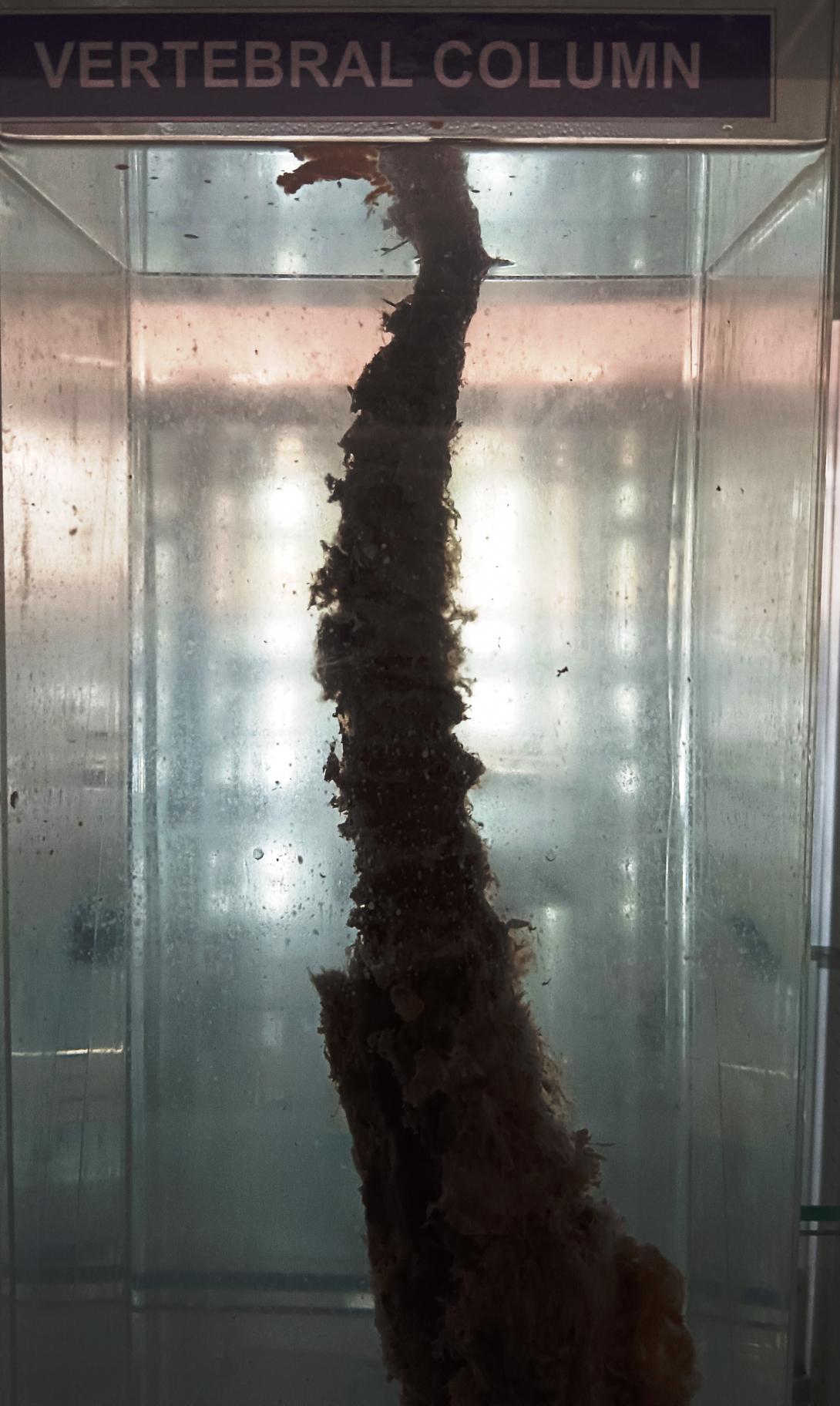The vertebral column, also known as the spine, is a complex structure that supports the body and protects the spinal cord. It is made up of 33 individual vertebrae, which are separated by intervertebral discs that act as shock absorbers. The vertebral column is divided into five regions, each with a different number of vertebrae and a slightly different shape and function.
- Cervical Region: The cervical region is the uppermost part of the spine, located in the neck area. There are seven cervical vertebrae, labeled C1-C7. The first two vertebrae are unique in shape and function compared to the rest of the vertebrae in the spine. The first cervical vertebra, called the atlas, supports the head, while the second cervical vertebra, called the axis, allows for rotation of the head. The remaining cervical vertebrae provide support for the neck and protect the spinal cord.
- Thoracic Region: The thoracic region is located in the upper back, and consists of 12 thoracic vertebrae, labeled T1-T12. These vertebrae are larger than the cervical vertebrae, and articulate with the ribs to form the rib cage, which protects the vital organs of the chest.
- Lumbar Region: The lumbar region is located in the lower back, and consists of five lumbar vertebrae, labeled L1-L5. These vertebrae are the largest and strongest of the spinal column, and support most of the weight of the upper body.
- Sacral Region: The sacral region is located at the base of the spine, and consists of five fused vertebrae known as the sacrum. The sacrum connects the spine to the pelvis, and forms the back wall of the pelvic cavity.
- Coccygeal Region: The coccygeal region is located at the very bottom of the spine, and consists of four fused vertebrae known as the coccyx, or tailbone. The coccyx serves as an attachment site for muscles and ligaments in the pelvic region.
Rack Number
Specimen Number
5

